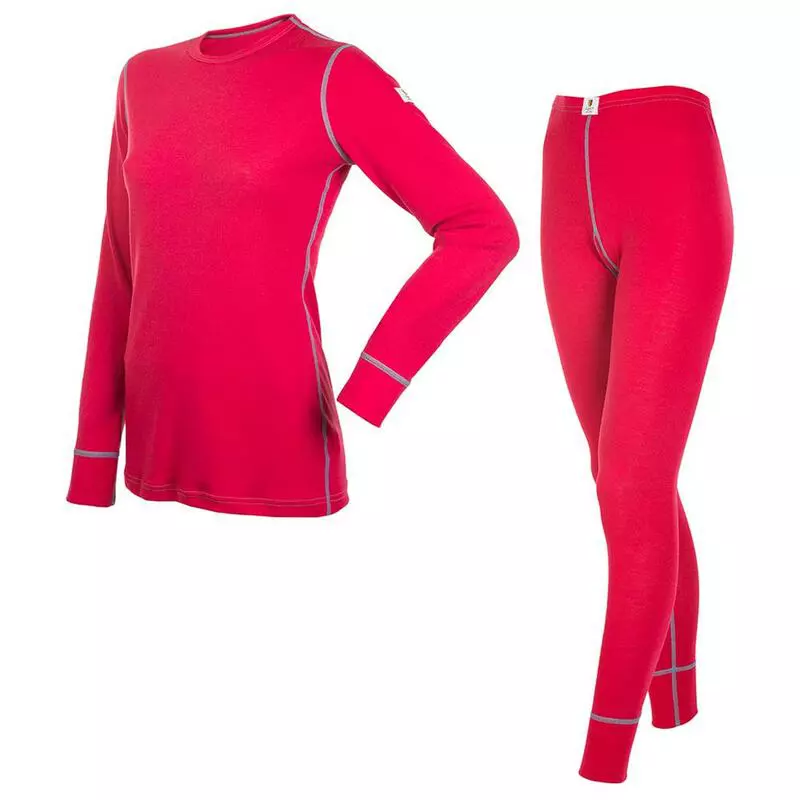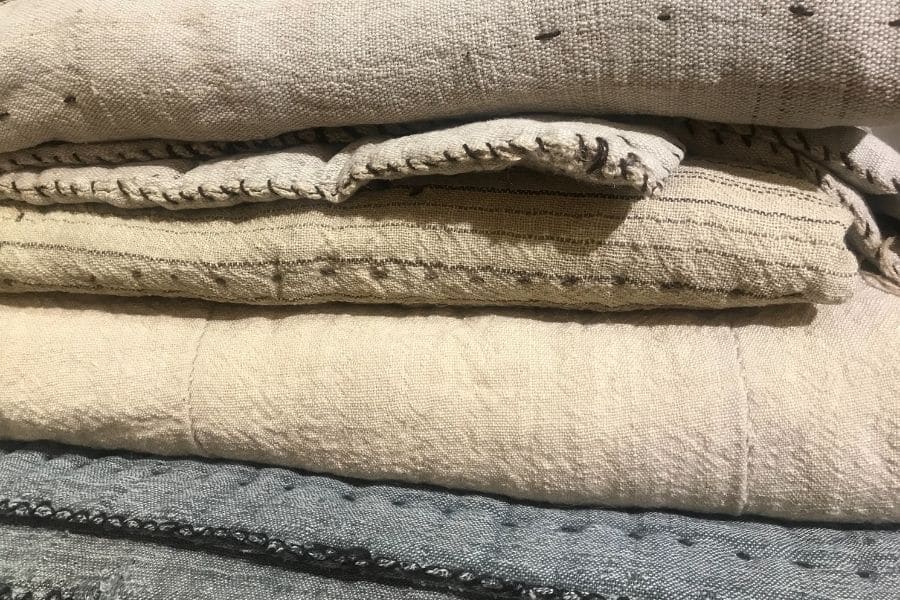New Merino Wool Base Layer Site
Wiki Article
Why Are Yak Merino Wool Base Layers So Effective For Winter Sports Clothing In Terms Of Warmth/Temperature Regulation Moisture Management. Comfort. Durability.
Yak Merino Wool Base Layers shine in winter sportswear due to the factors that improve the temperature, heat regulation as well as comfort and durability.
Both the merino and yak wool possess naturally insulating properties. Yak wool, with its hollow fibers traps air, providing excellent warmth. Merino wool is another that's known for its ability to provide insulation.
regulates body temperature - The fabric in combination regulates body's temperature, capturing heat when it is cold, while allowing air circulate so that you don't become overheated when doing vigorous activities.
Moisture Management-
Merino is a moisture-wicking wool. The characteristics of Merino draw moisture away and disperse moisture which prevents sweat buildup. Yakwool also helps transfer moisture. This helps keep wearers dry and comfortable when engaged in vigorous physical exercise.
Comfort-
The softness Merino wool is soft, fine fibers. They are soft and do not cause irritation to the skin. The combination of soft fibers from yak, also known as merino, increases comfort.
Odor Resistance- Both kinds of wool have antimicrobial properties that reduce the growth of odor-causing bacteria and ensuring that the clothing remains fresh.
Durability-
Resilience and Strength - Yak is a durable fiber. However, when it's mixed with merino it gets stronger and more durable to wear. This makes it suitable for strenuous activities.
Natural Fiber Benefits-
Renewability- Yak and Merino wool are renewable, biodegradable fibers, which makes them environmentally green options.
Flexibility - The nature wools' properties allow for versatility in various weather conditions, while maintaining their efficiency in both dry and dry conditions.
The blend of yak and merino harnesses the strengths of both material to create the perfect fabric providing warmth while also regulating temperature, balancing moisture, providing comfort and offering toughness. The combination of wool and yak is an excellent base layer to wear for winter sportswear because it caters to the demands that outdoor activities have in cold climates. Follow the top homepage on merino wool base layers for site info including terramar merino woolskins, ll bean merino wool base layer, merino base layer cycling, wool thermal base layer, merino wool leggings women's, smartwool mid layer, smartwool 250 base layer women's, smartwool base layer, merino undershirt, snow base layers and more.

What Are The Benefits From Bamboo Clothes?
Thermal Regulation- Bamboo clothing has many benefits, including protection from UV rays, biodegradability, as well as environmental impacts.
Bamboo fabric is a great insulation material that can provide warmth in cold weather, while still remaining cool and breathable. It regulates body temperature by keeping warm temperatures in cooler temperatures as well as allowing ventilation during physical activity to stop overheating.
UV Protection-
UV Resistance- Bamboo fabric offers natural protection against harmful UV rays. Bamboo fabric blocks up to a third the UV rays.
Biodegradability-
Environmentally Friendly - Bamboo clothes are biodegradable. They break naturally and do not pollute the environment. This can help reduce the amount of waste and lessen the environmental impact caused by the disposal of clothing.
Environmental Impact-
Sustainability - Bamboo as a raw material is highly eco-friendly. It is able to grow quickly and in abundance without the requirement for chemical fertilizers, which reduces the environmental footprint of cultivation. Its rapid growth rate allows it to be renewable.
Bamboo is more efficient in water use because it uses less water than other crops such as cotton. This is essential to conservation efforts, as it reduces the strain on the water supply.
Soil Conservation
Soil health- Bamboo cultivation doesn't reduce soil nutrients and does not require extensive irrigation. This contributes to healthier soil conditions and decreases the need for harmful practices in agriculture.
Carbon Sequestration
Carbon Absorption Bamboo can absorb more carbon dioxide and release oxygen into air than other plants. This property helps to reduce carbon emissions and combat climate change.
Bamboo clothing's thermal regulation the ability to regulate temperature, UV protection, biodegradability and positive environmental impact make it an attractive choice for people who are looking for sustainable and practical clothing choices. These attributes are in line with environmentally conscious practices and provide advantages for the environment and wearers. Take a look at the top rated what is it worth on bamboo clothing for website recommendations including bamboo jeans, bamboo clothing sustainable, bamboo pajama pants, bamboo twirl dress, bamboo cotton pajamas, bamboo mens shirts, bamboo fishing shirts, bamboo childrens clothing, bamboo family pajamas, carter's bamboo pajamas and more.

What Are The Differences Between Bamboo, Merino And Wool Clothes In Regards To The Texture, Warmth, And Moisture Absorbency?
Compare the texture, warmth and absorption of bamboo, merino and traditional wool clothes.
Merino Wool Merino Wool, sometimes referred to as fine-fibered Wool is well-known for its softer texture and smoother fibers. It is frequently thought of as being more comfortable to the skin.
Bamboo Clothing Bamboo fabric is smooth and silky. It is often compared to luxurious materials such as silk or Cashmere. It's soft and gentle texture makes it very comfortable.
Traditional Wool- The texture may vary. Some types of wool might feel coarser or more likely to cause itching or irritation compared with bamboo clothing and merino.
Warmth-
Merino Fiber Merino fiber is renowned for its outstanding insulation properties. It keeps heat even when damp and is a great insulation choice during colder weather.
Bamboo Clothing provides warmth, but it may not have the same level of insulation like Merino wool. But, it manages body temperature well, providing comfort in various conditions.
Traditional Wool- Much like the wool of merino traditional wool offers warmth and insulation. It can feel heavier and bulkier than bamboo or merino wool clothing.
Moisture Absorption-
Merino Wool Merino Wool is a natural fiber with outstanding moisture-wicking abilities. It pulls moisture away from the skin and allows it to evaporate. Even when wet the wool is warm.
Bamboo clothing - Bamboo fabrics may also wick moisture away and provide comfort during physical activity. It's a good moisture-regulating material, which keeps the skin dry.
Wool - Wool is an organic fiber that is able to hold moisture, but does not be as moisture-wicking like bamboo or merino. Some types wool can feel damp or heavy when it is wet.
In the end, merino Wool is known for its warmth, softness, and effective moisture-wicking properties. Bamboo clothing provides a silky smooth texture with sufficient warmth and moisture control. The texture of wool is varied and used to provide warmth as well as moisture absorption, and a soft feel. However, it can feel more coarse and heavy when compared to merino clothes or bamboo clothes. Each fabric is distinct and is suited to different requirements. Check out the top rated merino winter clothings tips for site recommendations including sweaty betty base layers, spyder baselayer, merino long underwear, smartwool long johns, ice breaker thermals, merino ninja suit, ski thermals, merino wool first lite, skiing mid layers, womens icebreaker base layer and more.
